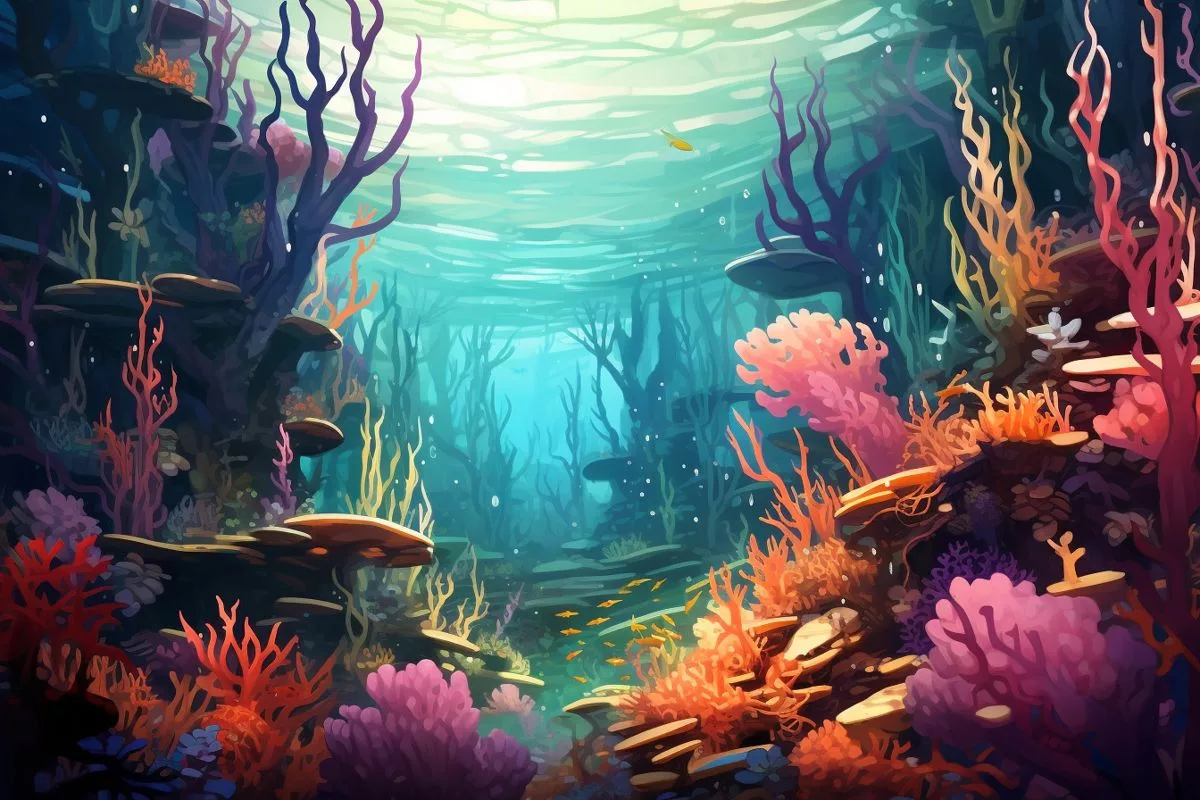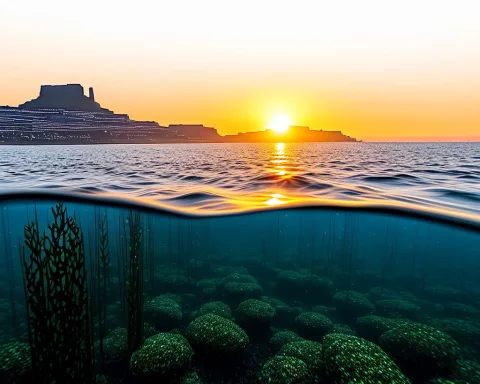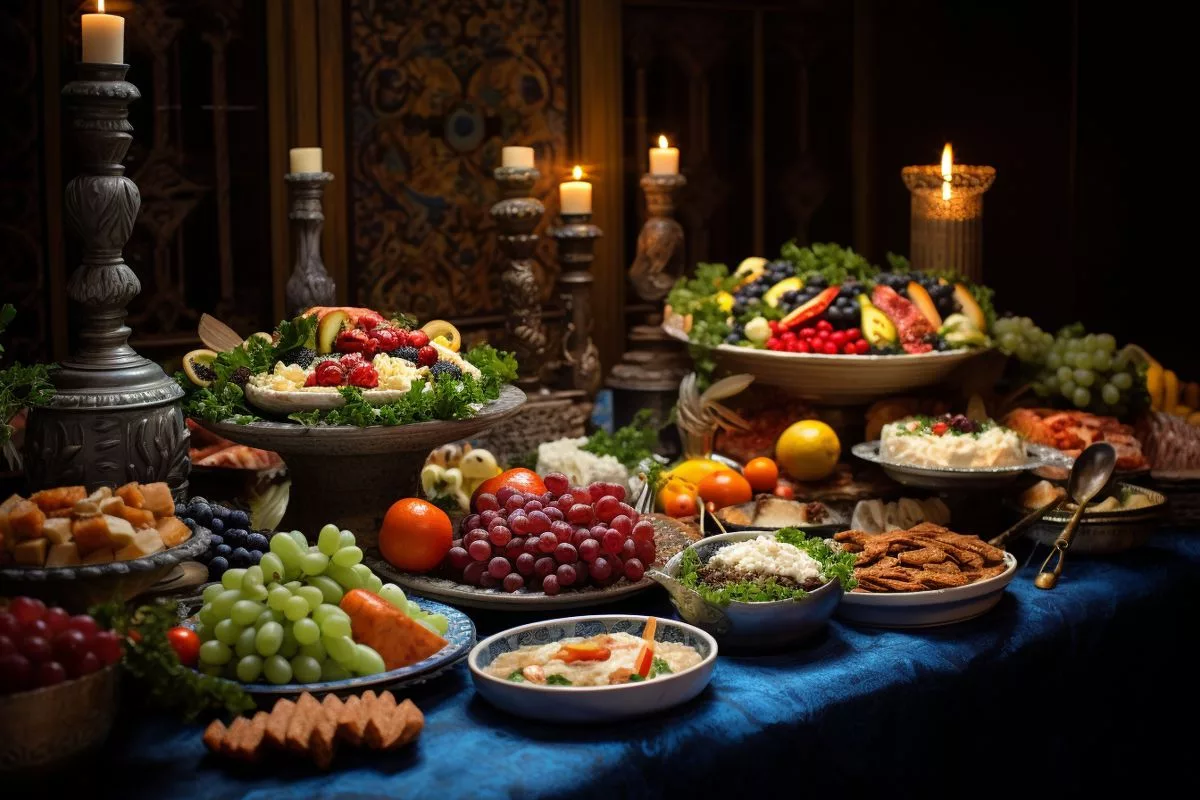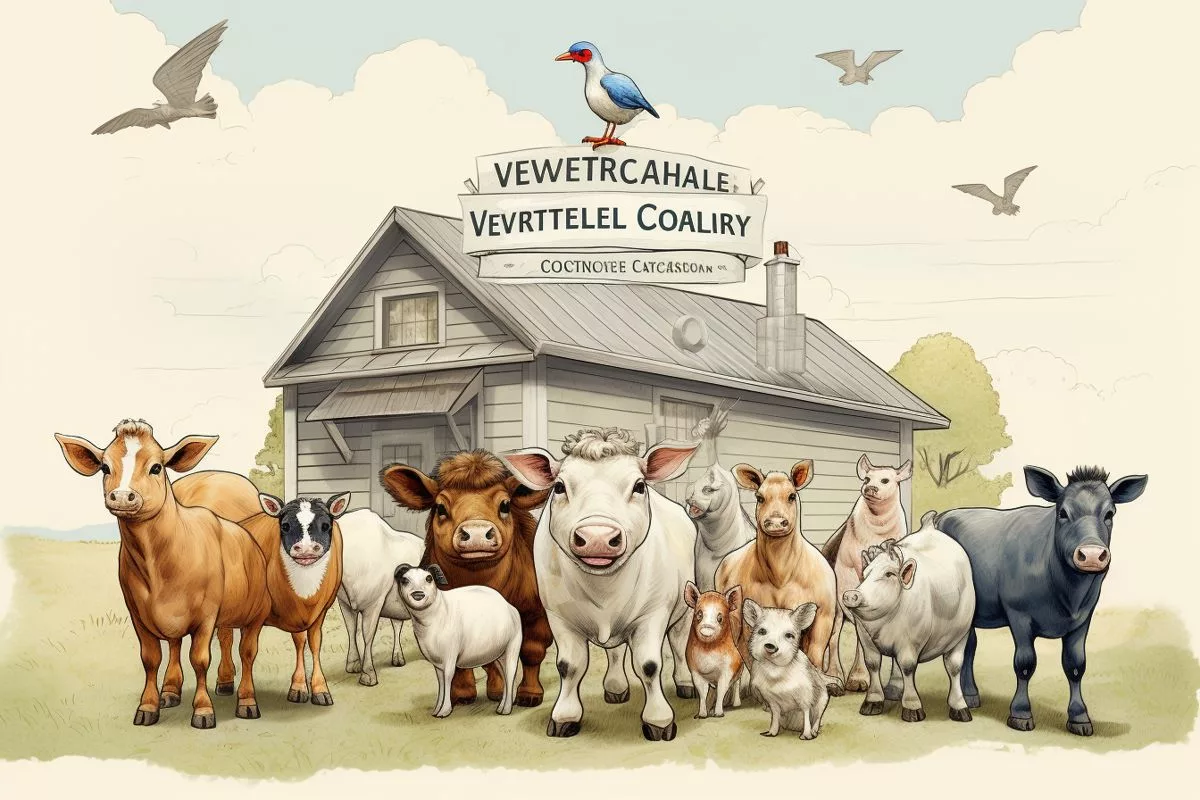A team of marine researchers from Stellenbosch University and the Sea Change Project are exploring South Africa’s Great African Seaforest, an underwater kelp forest that spans nearly 1,000 kilometers of the country’s shores. They aim to understand the kelp forest ecosystem and its biodiversity through two principal projects: investigating the invertebrate biodiversity of kelp holdfasts and cataloging entire marine communities using environmental DNA. The partnership promises to reveal the numerous mysteries of the Great African Seaforest, bringing together diverse expertise to broaden the understanding of these kelp forests and their significance to humanity.
Exploring the Great African Seaforest: An underwater kelp forest cocoons nearly 1,000 kilometers of South Africa’s shores, fostering a vibrant array of biodiversity. A team of marine researchers from Stellenbosch University and the Sea Change Project are navigating the uncharted territories of this underwater forest to understand the kelp forest ecosystems in South Africa and bridge the knowledge gap. They are currently engaged in two principal projects: biodiversity contained in kelp holdfasts and utilizing environmental DNA to catalog entire marine communities.
Exploring the Great African Seaforest
Stretching along the coastline of South Africa, the Great African Seaforest, an expansive underwater haven ensconced in the cool embrace of the sea, is a marvel of the biosphere. This unique kelp forest cocoons nearly 1,000 kilometers of South Africa’s shores in its leafy mantle. Despite its ecological research slowing down since the 1970s, the intricate marine ecosystem has fostered a vibrant array of biodiversity over time.
An ambitious endeavor is currently underway, led by a group of marine researchers from Stellenbosch University (SU) and the Cape Town-based non-profit Sea Change Project. Together, they are navigating the uncharted territories of this underwater forest. The recently established Memorandum of Understanding (MoU) marks a two-year commitment, aimed at guiding multiple student research initiatives focused on understanding the kelp forest ecosystems in South Africa.
With rising climate change and human-induced pressures threatening marine ecosystems, the need to comprehend not only the resident species but also their complex interactions is paramount. This collaboration aspires to bridge this knowledge gap, diving into the ecological dynamics that have sculpted the kelp forest into a hub of biodiversity.
The Major Research Initiatives
Under the leadership of Dr. Nasreen Peer, Prof. Sophie von der Heyden, and Dr. Jannes Landschoff, the research team is currently engaged in two principal projects. The first project emphasizes the biodiversity contained in kelp holdfasts. These root-like structures fasten the kelp to the rocks, enabling them to endure the severe winter storms frequently hitting the Cape. These holdfasts provide shelter to numerous organisms, sparking the curiosity of Peer and Landschoff and inspiring them to devise student projects to investigate the invertebrate biodiversity of kelp holdfasts.
The survey results have been astonishing, unveiling a flourishing micro-habitat brimming with life. Holdfast samples have rendered over 50 distinct species of small crustaceans alone, not to mention a variety of sponges, worms, and other creatures residing in holdfasts. This project, funded by the Foundational Biodiversity Information Programme grant from the National Research Foundation of South Africa, is set to carry on until 2024 with a new set of students, considering the magnitude of the findings.
Professor Von der Heyden’s students, in tandem with the taxonomic investigation of the holdfasts, are employing DNA-based tools to decode the genetic enigma of the kelp forest species. They are utilizing environmental DNA (eDNA), the genetic material shed by organisms into their environments, to catalog entire marine communities.
The Promise of Future Research
Through sequencing a single sample of seawater’s eDNA, researchers can discover a plethora of marine biodiversity. This method, known as eDNA metabarcoding, serves as a powerful tool in conservation efforts, allowing researchers to assemble a complete marine life inventory without disturbing the ecosystem.
Currently, a team spearheaded by student Emma Rossouw has identified over 900 different species from nearly 100 taxonomic families from a single kelp forest site using eDNA. Kira Courtaillac, a current MSc student, continues this work with an aim to broaden the scope further into molecular ecology studies and to establish a genetic barcode library of invertebrate kelp forest species.
As the alliance between SU and the Sea Change Project flourishes, it pledges to reveal the numerous mysteries of the Great African Seaforest, bringing together diverse expertise to not only broaden the understanding of these kelp forests but also to communicate their findings, emphasizing the seaforest’s significance to humanity.
This partnership represents a stride forward in educating us about this extraordinary, often neglected, marine ecosystem and its considerable contribution to our planet’s health and survival. As part of this endeavor, SU’s Department of Botany and Zoology is launching a new marine biology module next year, providing students with a priceless opportunity to study South African marine systems, including kelp forests.
This project serves as a beacon of hope for the future of South Africa’s kelp forests, promising a synergistic, mutually beneficial research program that aims to illuminate this incredible marine ecosystem. In a world increasingly threatened by climate change and biodiversity loss, such research endeavors convey a message of hope, highlighting the necessity for, and potential in, the conservation of our invaluable marine ecosystems.
1. What is the Great African Seaforest?
The Great African Seaforest is an underwater kelp forest that cocoons nearly 1,000 kilometers of South Africa’s shores. It is a unique and diverse marine ecosystem.
2. What are the major research initiatives being undertaken in the Great African Seaforest?
The research team from Stellenbosch University and the Sea Change Project are currently engaged in two principal projects. The first project is to investigate the invertebrate biodiversity of kelp holdfasts, which provide shelter to numerous organisms. The second project is to catalog entire marine communities using environmental DNA.
3. What is environmental DNA (eDNA) and how is it being used in the research?
Environmental DNA (eDNA) is the genetic material shed by organisms into their environments. Researchers are using eDNA to catalog entire marine communities without disturbing the ecosystem, through a method called eDNA metabarcoding. They have identified over 900 different species from nearly 100 taxonomic families from a single kelp forest site using this method.
4. What is the significance of the Great African Seaforest to humanity?
The Great African Seaforest is significant to humanity because it is a valuable marine ecosystem that contributes to the health and survival of our planet. It is important to understand the complex interactions within the ecosystem to ensure its conservation.
5. What is the duration of the first project that investigates the invertebrate biodiversity of kelp holdfasts?
The first project that investigates the invertebrate biodiversity of kelp holdfasts is set to carry on until 2024 with a new set of students, considering the magnitude of the findings.
6. Will the research results be communicated beyond the scientific community?
The alliance between Stellenbosch University and the Sea Change Project aims to communicate their findings beyond the scientific community, emphasizing the significance of the Great African Seaforest to humanity.












